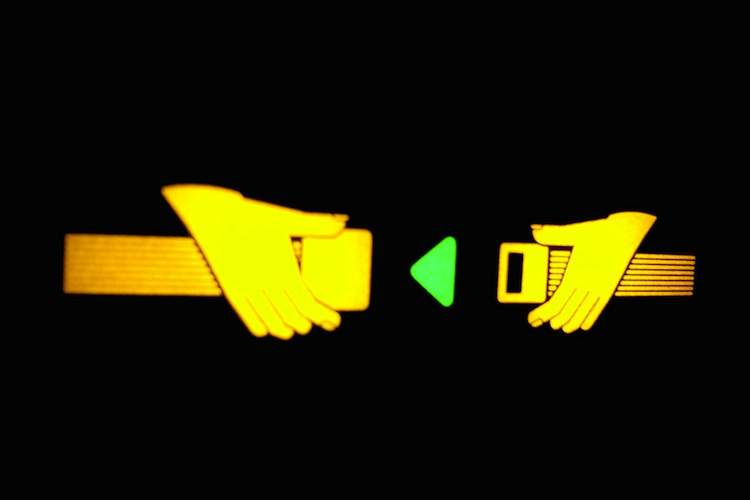
There's a good reason for the law enforcing seatbelt usage in many states. Seatbelts saved nearly 12,000 lives in the year 2000. In this Moment of Science, we take a look inside these simple but highly useful machines.
The Retractor
A seatbelt consists of a belt made of flexible webbing and a retractor device. The retractor, usually located inside a plastic housing above the passenger's outer shoulder, consists of a spool around which the belt winds, and a spring attached to the spool to keep the webbing taut.
When you pull a seatbelt across your chest and pelvis, the spool spins counter-clockwise, untwisting the spring. Since the spring wants to return to its coiled position, when you let go of the belt the spring causes the spool to spin clockwise, reeling in the slack.
The Locking Mechanism
The most important part of a seat belt is the spool's locking mechanism a device that makes the belt hold tight in the unfortunate event of a crash. The locking mechanism is activated either by the car's movement or by the belt's movement.
In car-activated systems, when the car stops suddenly a weighted pendulum swings forward, causing a metal bar to jam into a toothed gear attached to the spool. Unable to unwind any further, the belt holds the passenger tightly in place.
In belt-activated systems, centrifugal force, cause by a sudden jerking of the belt, causes a lever attached to the spool to move outward. The extended lever activates a device that catches the toothed gear attached to the spool, stopping its spinning motion. In both systems, the point is to tighten the belt so that its stopping power is spread across the sturdiest parts of your body.









